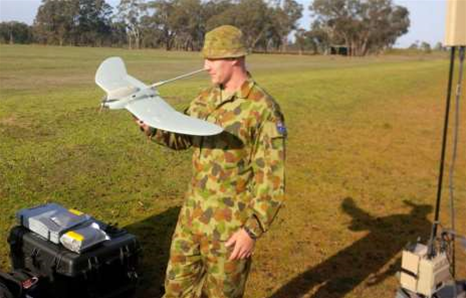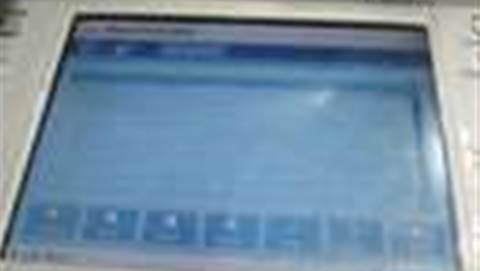The Australian Army has expanded its use of drones by purchasing two new unmanned aerial systems to test out for surveillance and reconnaissance.

The Army has been using one large unmanned aerial system - the RQ-7 Shadow 200 - since 2011 within its Brisbane-based 20th surveillance and target aquisition regiment. The drone has flown more than 11,000 hours both domestically and in Afghanistan.
Last year, the Army held an 'innovation day' which showcased a number of modern technology capabilities to stakeholders within the organisation in an attempt to stay 'technically relevant' and promote a more 'agile approach' to such acquisitions.
The theme for the innovation day was surveillance and reconnaissance systems.
Following feedback from the event, the Army decided to expand its drone use by trialling two smaller drone systems - the Wasp AE and the PD-100 Black Hornet.
The unmanned aerial systems were provided to the Army's Brisbane-based 7th Brigade, the Darwin-based regional force surveillance unit NORFORCE and special forces.
Xtek - the local supplier of the Wasp, which is built by AeroVironment - supplied around $7.7 million worth of the units, while Criterion Solutions provided the Black Hornet, which is manufactured by Prox Dynamics.
The Army plans to evaluate the potential of the systems next month as part of two exercises: Hamel and Talisman Sabre.
"The evaluation will focus on the employment considerations of the [drones] in contemporary land combat and surveillance units," a spokesperson said.
"It will review the enhanced capability the technology provides, as well as the systems, structures and processes required to realise the capabilities’ maximum potential."
Both systems are used for surveillance and reconnaissance and will help units to increase their awareness and protection, the spokesperson said.
"Traditionally, the Army would request the support of larger aerial surveillance systems, such as the Shadow; or, employ less technical methods of surveillance and reconnaissance to support battlefield awareness requirements.
"The ability to provide [the Wasp and Black Hornet] to combat units provides tactical commanders a more responsive information collection asset.
"It also allows operators to remain at a safe distance from observed target areas, enhancing force protection in an increasingly lethal battle space."






.png&w=100&c=1&s=0)



 Private AI vs Public AI: How your organisation can securely adopt AI without compromise and excessive cost
Private AI vs Public AI: How your organisation can securely adopt AI without compromise and excessive cost
 iTnews Benchmark Security Awards 2025
iTnews Benchmark Security Awards 2025
 Digital Leadership Day Federal
Digital Leadership Day Federal
 Government Cyber Security Showcase Federal
Government Cyber Security Showcase Federal
 Government Innovation Showcase Federal
Government Innovation Showcase Federal











.jpg&h=140&w=231&c=1&s=0)



